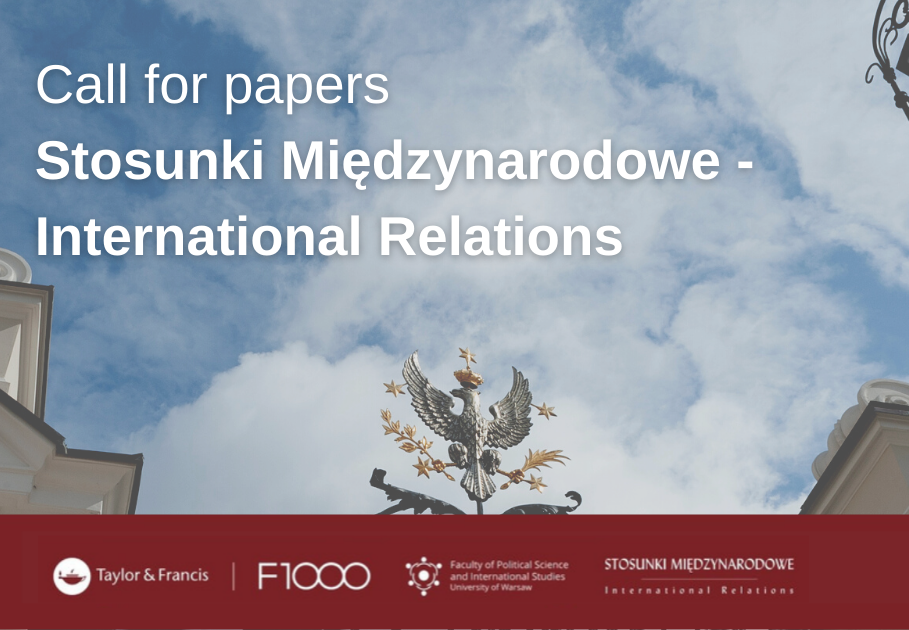About the Journal
Aims and scope
Editorial Board and Advisory Board
Ethics Policy
Privacy Policy (GDPR)
Contact
Current issue
Archive
For Authors
Call for Papers - New Publishing Platform of SM-IR
Guidelines for Authors
Formal requirements - structure of texts
Editorial requirements
Review procedure
Reviewing rules
Review process
Review procedure
Reviewing rules
Guidelines for Reviewers
Policies/Ethical Code
Contact
ARTICLE
The UN Security Council after the Cold War
1
Uniwersytet Warszawski
Publication date: 2016-12-31
Stosunki Międzynarodowe – International Relations 2016;52(4):221-241
KEYWORDS
United Nations Security CouncilUnited Nationsvetohuman rightsgenocideCharter of the United Nationsconflictterrorisminternational security
ABSTRACT
The UN Security Council has considerably evolved since the end of the Cold War.
This evolution has covered three dimensions: the object of activity, instruments and
procedure. The increasingly broader definition of threats to international security and
peace were accompanied by changes in terms of the means and measures used, which
went substantially beyond what was specified in the UN Charter. The new normative
and quasi-judicial competences of the Council are of particular importance. The
development of the Security Council’s competences as regards its scope of activity
and operation justifies the conclusion that the power of this body has ‘expanded’,
but at the same time it gives rise to the problem of legitimacy. There is no doubt
that the composition of the Council, which includes five permanent members with
veto power and ten non-permanent members, elected every two years in accordance
with the principle of fair geographical representation and having no veto power,
does not reflect the current distribution of power and interests. Moreover, the very
procedure of the Council, as a body that is closed off from the world, subject to
virtually no control and working without proper transparency, has undermined its
credibility, even more so given that its decisions are binding to all countries. So far
the attempts to comprehensively change this state of affairs have failed; there was
some success, however, in improving the functioning of the Council, decreasing
the democratic deficit, increasing transparency and including third parties in the
decision-making processes. The article analyses how the Council is presented in
the UN Charter and then analyses the processes of increasing the scope of activity
and competences as well as of expanding and diversification of measures. It also addresses the issue of procedural change aimed at streamlining the functioning and
democratisation of this body.
Share
RELATED ARTICLE
We process personal data collected when visiting the website. The function of obtaining information about users and their behavior is carried out by voluntarily entered information in forms and saving cookies in end devices. Data, including cookies, are used to provide services, improve the user experience and to analyze the traffic in accordance with the Privacy policy. Data are also collected and processed by Google Analytics tool (more).
You can change cookies settings in your browser. Restricted use of cookies in the browser configuration may affect some functionalities of the website.
You can change cookies settings in your browser. Restricted use of cookies in the browser configuration may affect some functionalities of the website.



